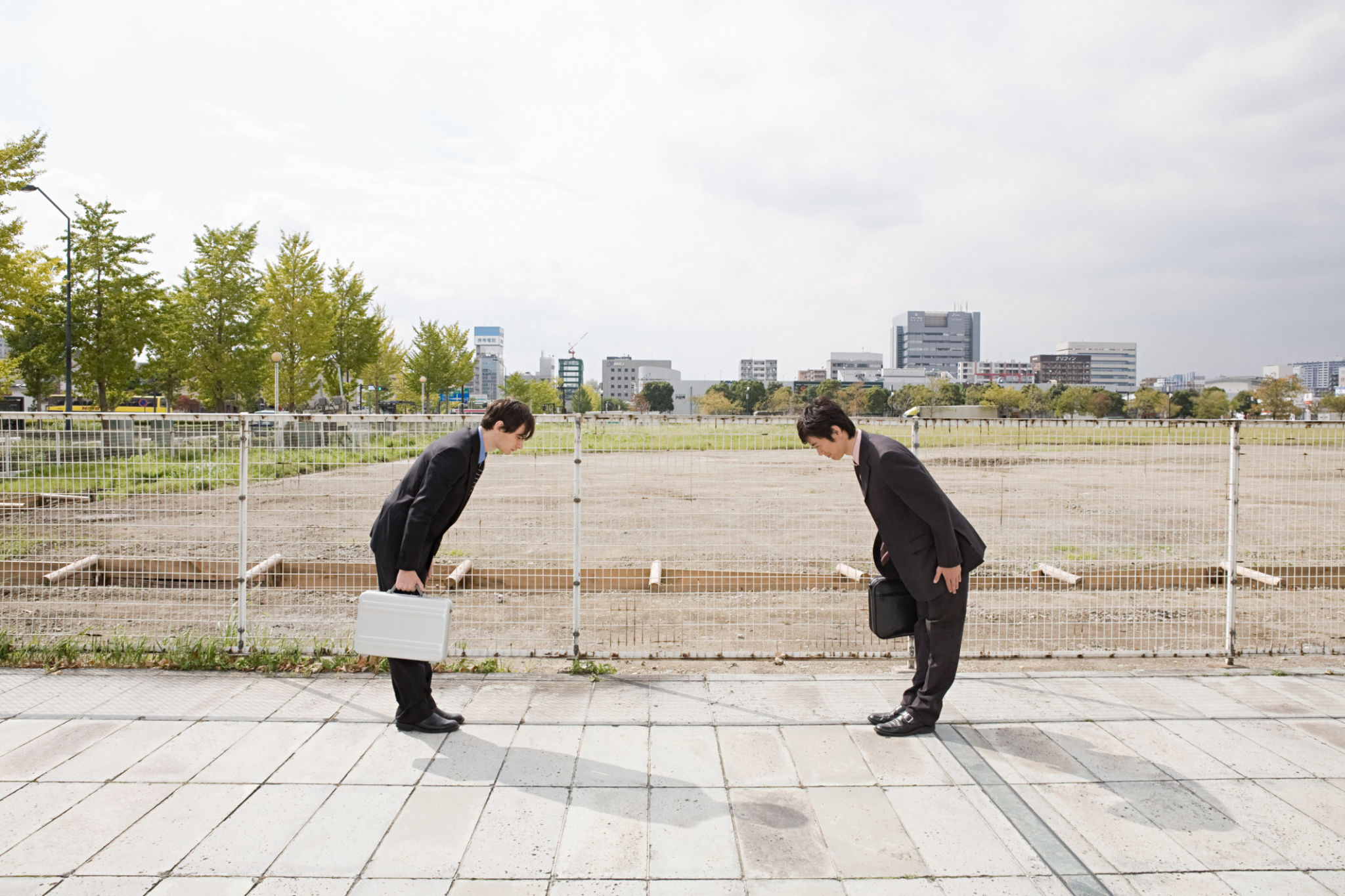Comparing Traditional vs. Modern Building Materials: Which Is Better?
Introduction to Building Materials
Building materials have played a crucial role in shaping the architectural landscape throughout history. As construction evolves, the debate between traditional and modern building materials becomes increasingly relevant. Understanding the differences and benefits of each can help make informed decisions for any construction project.

Traditional Building Materials
Traditional building materials such as wood, stone, and clay have been used for centuries. These materials are often valued for their aesthetic appeal and durability. Wood, for example, provides a warm and inviting look, while stone offers robustness and timeless beauty.
Advantages of Traditional Materials
One of the main advantages of traditional materials is their environmental friendliness. Materials like clay and wood are renewable resources and have a smaller carbon footprint compared to synthetic alternatives. Additionally, traditional materials often offer better insulation properties, contributing to energy efficiency.
Challenges with Traditional Materials
Despite their benefits, traditional materials come with challenges. They may require more maintenance and can be susceptible to environmental wear. Wood, for instance, is prone to termite damage, while stone can erode over time if not properly maintained.
Modern Building Materials
In contrast, modern building materials such as steel, concrete, and composites are widely used in contemporary architecture. These materials offer versatility and strength, making them ideal for various construction applications.

Advantages of Modern Materials
Modern materials have revolutionized construction with their exceptional durability and low maintenance requirements. Steel and concrete are known for their strength and ability to withstand extreme weather conditions. Furthermore, modern materials often allow for innovative designs that were not possible with traditional options.
Challenges with Modern Materials
However, modern materials are not without their drawbacks. They can be more energy-intensive to produce, leading to a higher carbon footprint. Additionally, certain synthetic materials may not offer the same level of aesthetic appeal as their traditional counterparts.
Making the Right Choice
When deciding between traditional and modern building materials, several factors should be considered:
- Project Requirements: The specific needs of the project will heavily influence material choice.
- Budget: Cost considerations can determine whether traditional or modern materials are more feasible.
- Sustainability: Environmental impact is increasingly important in today's construction decisions.

Conclusion
The choice between traditional and modern building materials ultimately depends on the specific needs and goals of a project. Each type of material brings its own set of advantages and challenges. By carefully considering factors like durability, cost, aesthetics, and environmental impact, builders and architects can make informed decisions that best suit their projects. Whether embracing the charm of traditional materials or the innovation of modern ones, the key is to strike a balance that meets both functional and aesthetic needs.
